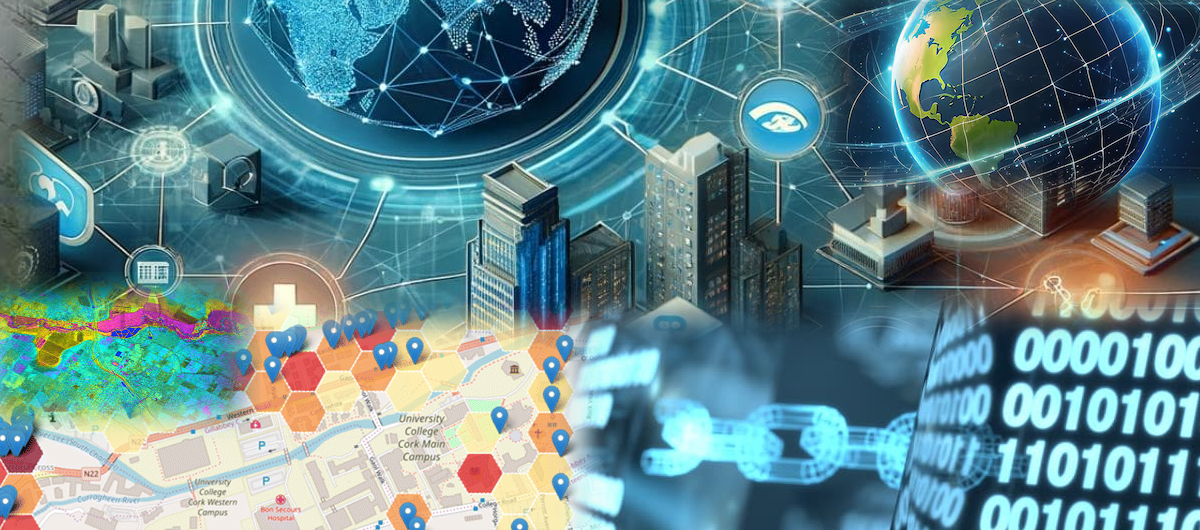Blockchain technology is a decentralized and immutable ledger system that enables secure and transparent transactions or data exchanges. It operates on a distributed network of computers, known as nodes, which collectively validate and record transactions in a chronological and tamper-resistant manner. Each transaction, or block, is cryptographically linked to the previous one, forming a chain of blocks. The decentralized nature of blockchain eliminates the need for intermediaries and offers benefits such as enhanced security, transparency, traceability, and trust. It has applications beyond cryptocurrencies, including supply chain management, smart contracts, identity verification, and decentralized applications, with the potential to revolutionize various industries by enabling efficient and secure data sharing and transactional processes. By combining cryptographic hashing, consensus mechanisms, and a distributed network, blockchain technology ensures a secure, transparent, and tamper-resistant system for recording and verifying transactions. It provides a foundation for building applications that require trust, data integrity, and decentralized control, revolutionizing various industries and domains.
Integration of Blockchain technology with GIS offers new opportunities to enhance data integrity, security, and transparency within the geospatial domain. By leveraging the decentralized and immutable nature of blockchain, GIS applications can benefit from increased trust and reliability in spatial data management and sharing. In the context of GIS, blockchain technology can be used to address challenges such as data provenance, data authenticity, and data sharing among multiple stakeholders. With blockchain, each geospatial transaction or data update can be recorded as a block in the chain, creating an auditable and tamper-proof history of changes. This ensures the integrity of spatial data by providing an immutable record of its creation, modification, and ownership. Furthermore, blockchain technology enables secure and transparent data sharing among different entities in the GIS ecosystem. It eliminates the need for a central authority or intermediary, allowing direct peer-to-peer data exchanges while maintaining data privacy and security. This decentralized approach enhances data collaboration, facilitates data integration across multiple sources, and promotes trust between stakeholders. The integration of blockchain technology in GIS can also support spatial data marketplaces or decentralized applications (DApps) where users can securely trade or exchange geospatial data using smart contracts. Smart contracts are self-executing contracts with predefined rules and conditions, enabling automated and trusted transactions. This can enable new business models for spatial data, such as data monetization and incentivized sharing. Additionally, blockchain technology can assist in geospatial data authentication and verification. It can provide a reliable mechanism to verify the authenticity and integrity of geospatial datasets, ensuring that the data has not been modified or tampered with throughout its lifecycle.

Fig. The key features of Blockchain technology (Source- https://ieeexplore.ieee.org/document/9672722)
Overall, the integration of blockchain technology in GIS has the potential to revolutionize the way spatial data is managed, shared, and trusted. It brings transparency, immutability, and enhanced security to geospatial transactions, promoting collaboration, data integrity, and innovative applications in various domains such as land administration, supply chain management, urban planning, and environmental monitoring.



